Princeton Plasma Physics Laboratory confirms achievement of 100 million degree plasma, the heat required for commercial fusion energy production, in the UK Tokamak Energy’s compact spherical ST40 tokamak.

news, journals and articles from all over the world.

Princeton Plasma Physics Laboratory confirms achievement of 100 million degree plasma, the heat required for commercial fusion energy production, in the UK Tokamak Energy’s compact spherical ST40 tokamak.
Laszlo Horvath, an early career physicist at PPPL, is the winner of the 2022 Károly Simonyi Memorial Plaque from the Hungarian Nuclear Society.
Future commercial fusion power plants will need to achieve temperatures of 100 million degrees C, which requires careful control of the plasma. Researchers have now achieved these temperatures on a compact spherical tokamak called ST40. The results are a step toward fusion pilot plants and the development of more compact, and potentially more economical, fusion power sources.
The plasma in a fusion device can erode device walls, releasing particles in a process called sputtering. These particles can reduce a device’s performance and lifespan. In this study, researchers examined how the smoothness of device surfaces changes at small scales over time and how this affects erosion. This research will aid in the future design and operation of fusion power plants.
When a spacecraft enters a thick atmosphere at a high velocity, it rapidly compresses the gas in front of it, creating a hot, dense plasma. To protect against damage, spacecraft are typically covered by a heat shield material. Scientists for the first time used a tokamak to study what happens to these materials in a hot plasma. The research creates a path to improving heat shield materials for future planetary exploration.
Edge localized modes (ELMs) associated with plasma instabilities in tokamak fusion reactors can damage reactor walls, a challenge in the design of future fusion power plants. Scientists have now discovered that internal resistance of the plasma can cause additional instabilities that drive ELMs in the National Spherical Torus Experiment. This will help researchers mitigate and control ELMs in spherical tokamaks.
Today, the U.S. Department of Energy (DOE) awarded $47 million to U.S. scientists conducting experimental research in fusion energy science at tokamak and spherical tokamak facilities in the U.S. and around the globe. The awards support research that aims to close gaps in the science and technology basis for the tokamak approach to fusion energy. These awards will help support the Biden Administration’s decadal vision to accelerate fusion as a clean energy technology.
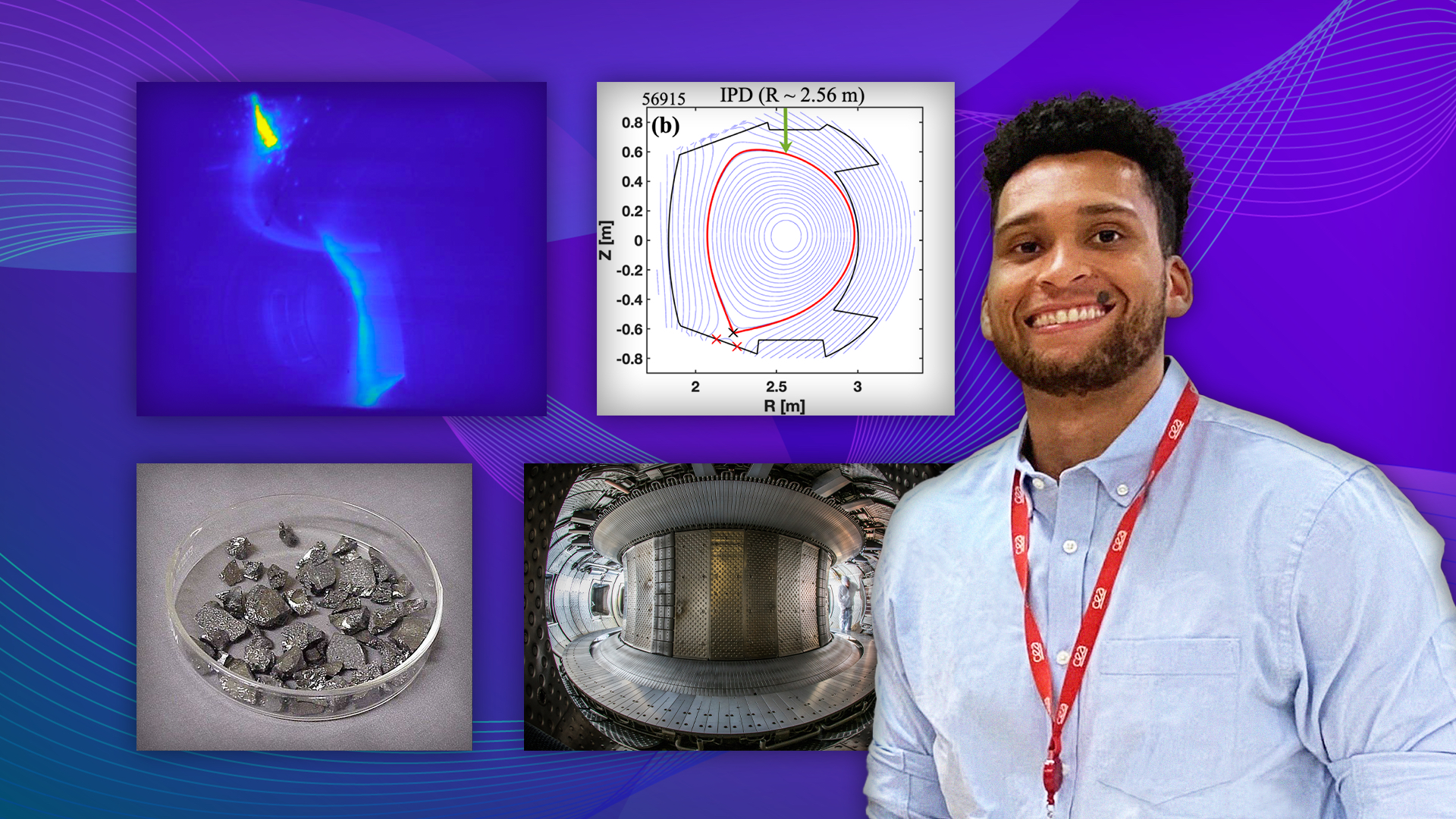
Scientists at have conducted research showing that a PPPL-developed powder dropper can successfully drop boron powder into high-temperature plasma within tokamaks that have parts made of a heat-resistant material known as tungsten.
Fusion reactors face a challenge called “core-edge integration,” which involves maintaining a plasma that is hot at the core but not too hot to damage reactor walls. New research finds that a previously identified operating regime called Super H-mode can leverage the use of impurities such as nitrogen to address this challenge. The research also indicates that Super-H mode can be scaled up to future fusion plants.
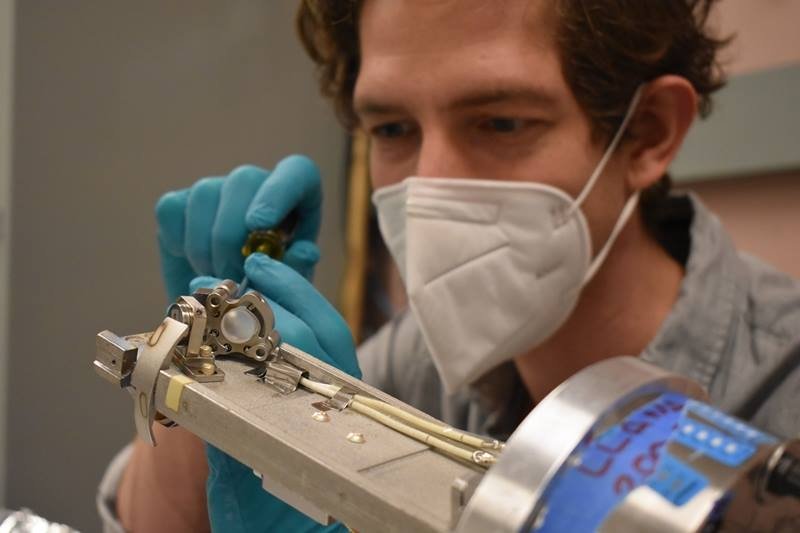
The nuclei that smash together to produce fusion energy in a reactor originate from ionized neutral particles. The edges of fusion devices have large numbers of neutrals available to gain or lose electrons to become ions. These neutrals influence several important features of the plasma, including the rate at which the plasma fuels a reactor. A new pinhole camera system called Lyman-alpha Measurement Apparatus (LLAMA) on the DIII-D tokamak helped researchers better understand these neutrals.
Anne White at MIT had a vision for an innovative approach to experiments to aid in the study and understanding of tokamak turbulence. Her work has developed rigorous validation of the models used to detail measurements of the turbulence, towards fusion’s promise of clean and nearly unlimited energy.
The Compact Advanced Tokamak (CAT) concept uses physics models to show that by carefully shaping the plasma and the distribution of current in the plasma, fusion plant operators can suppress turbulent eddies in the plasma. This would reduce heat loss and allow more efficient reactor operation. This advance could help achieve self-sustaining plasma and smaller, less expensive power plants.
Researchers are using smaller tokamaks and computer models to test approaches for suppressing runaway electrons. This research used measurements and modeling to demonstrate that perturbations to the magnetic field in a tokamak fusion plasma can suppress high-energy runaway electrons. The results could help improve the operation of ITER and other future fusion devices.
In a conventional tokamak, the cross-section of the plasma is shaped like the letter D. Facing the straight part of the D on the inside side of the donut-shaped tokamak is called positive triangularity. New research suggests that reversing the plasma—negative triangularity–reduces how much the plasma interacts with the surfaces of the tokamak for reduced wear.
Creating an efficient fusion plasma in a tokamak requires a plasma with an extremely hot core but edges cool enough to protect the tokomak walls. Researchers at the DIII-D National Fusion Facility developed a solution that uses the active injection of gases to cool the edge coupled with enhanced core confinement.
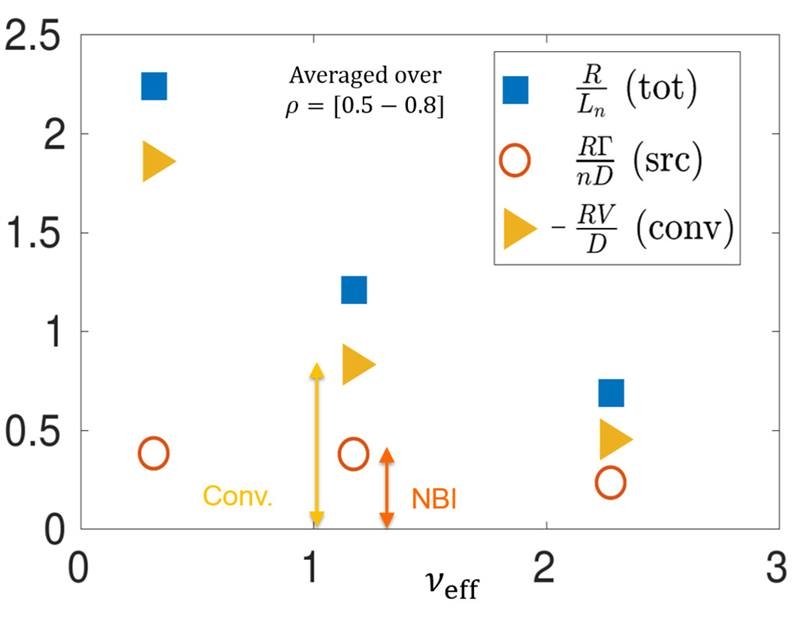
In new experiments at the DIII-D National Fusion Facility, researchers separately measured the deposition of particles and turbulent transport in in high-confinement plasmas. The research showed that the increase is the result of electrons being transported by turbulence up a hill of plasma density.
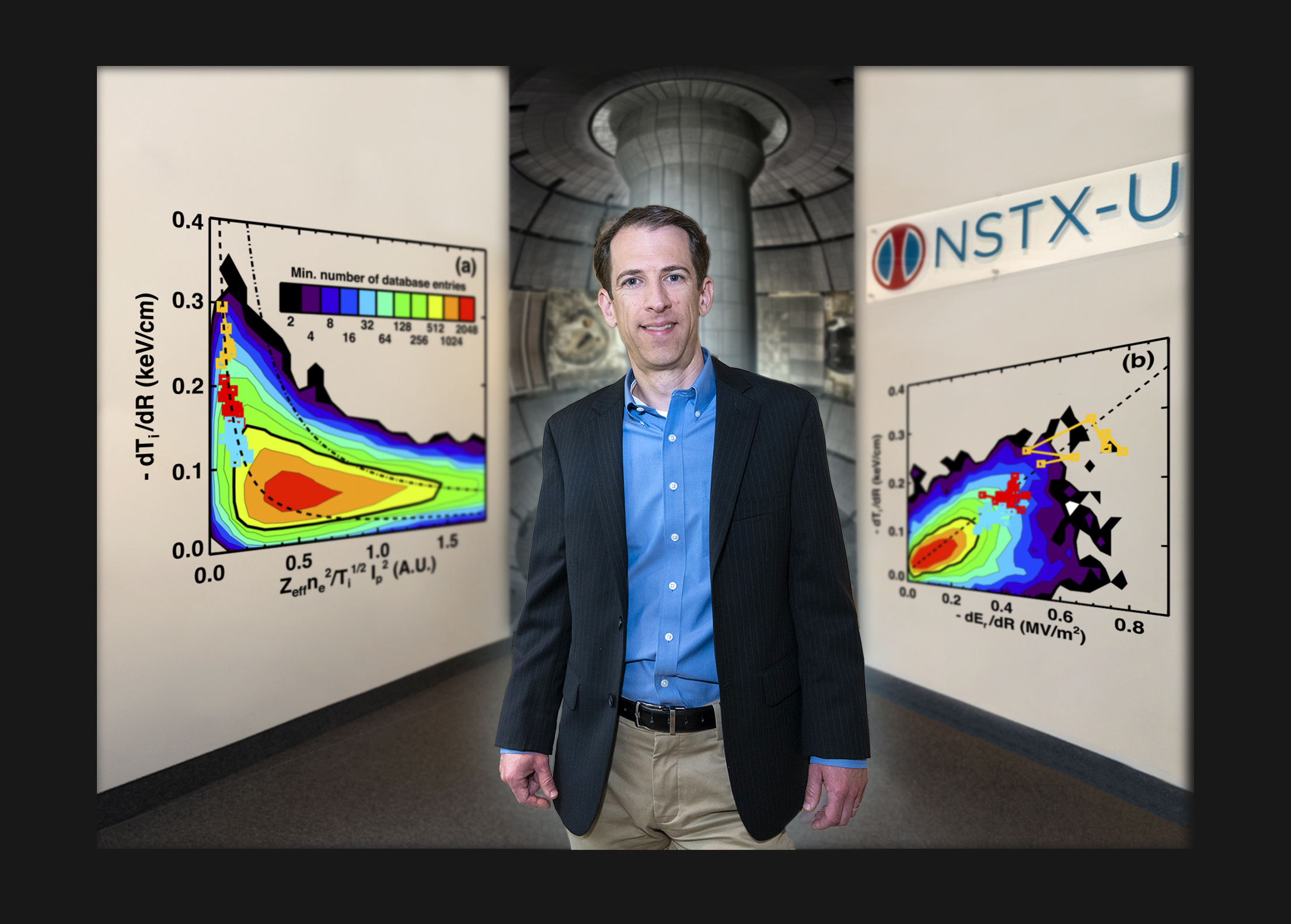
Researchers at PPPL have gained a better understanding of a promising method for improving the confinement of superhot fusion plasma using magnetic fields.

Instabilities in tokamak confinement fields can damage reactor walls by exposing them to plasma. Resonant magnetic perturbation (RMP) suppresses instabilities, but it was thought to impair confinement. New research shows that RMP has no effect on confinement and actually improves tokamak operation.
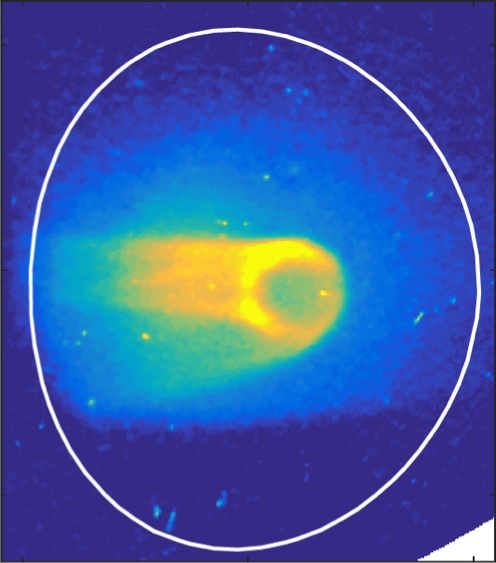
Scientists at the DIII-D National Fusion Facility have for the first time studied the internal structure and stability of high-energy runaway electron (RE) beams in a tokamak. The finding could provide a way to control the damaging potential of RE beams and could contribute to future power production using tokamak fusion power plants.
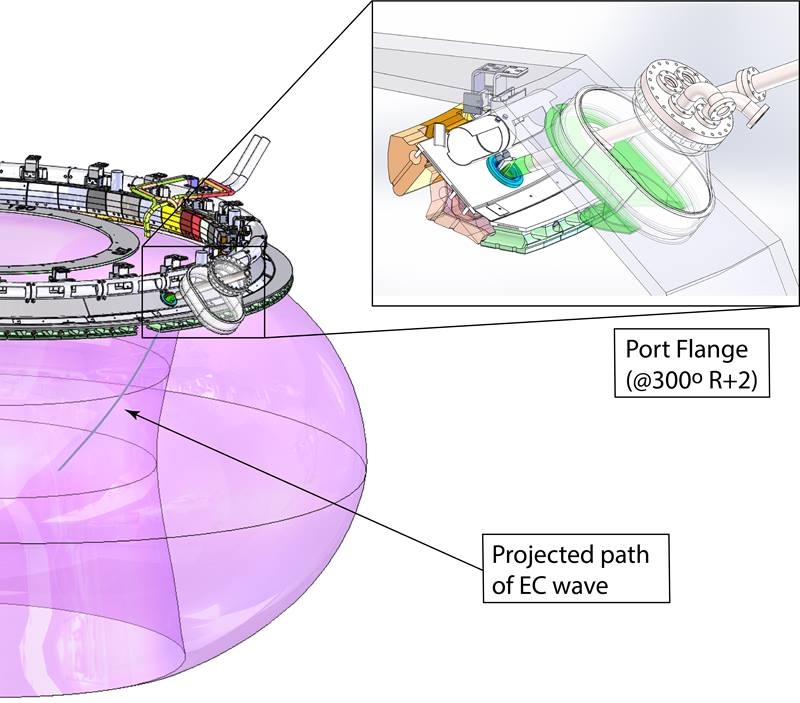
Researchers have demonstrated a new approach for injecting microwaves into a tokamak fusion device. In a fusion electron-cyclotron current drive (ECCD), microwaves help stabilize the plasma while the tokamak heats the plasma on the path to fusion. The new approach to ECCD is twice as efficient as previous approaches.
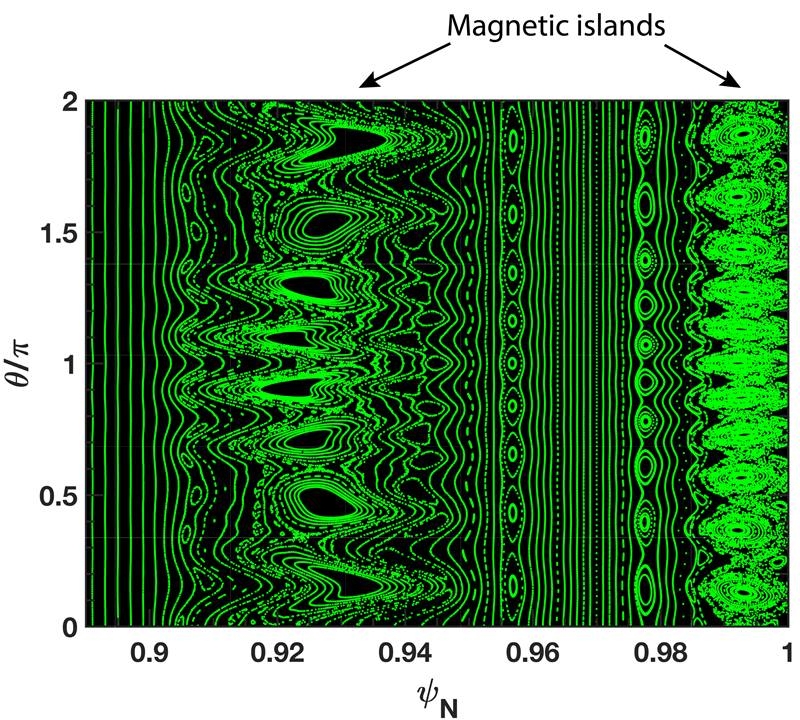
The ITER fusion reactor being built in the south of France will use rippled magnetic fields to prevent bursts of heat and particles that can damage the walls of the reactor. Now, physicists at the Princeton Plasma Physics Laboratory and the DIII-D national fusion facility have compared computer simulations of the DIII-D plasma with experimental measurements to better understand how controlled magnetic ripples outside the plasma can suppress these bursts.
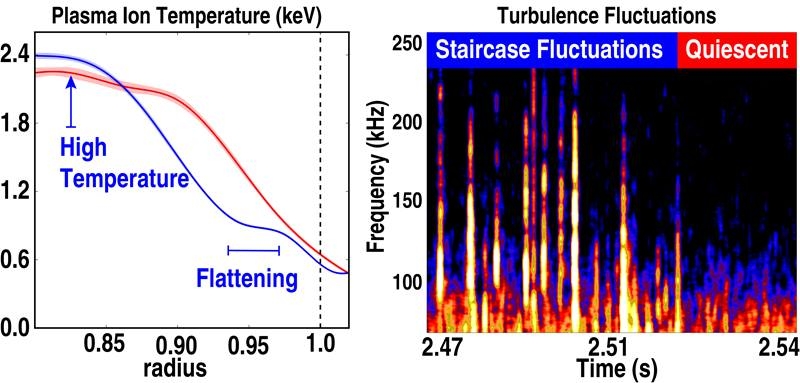
Recent experiments in the DIII-D tokamak demonstrate that more turbulence at the edge of the plasma can result in it being hotter.
Researchers at the DIII-D National Fusion Facility recently achieved a scientific first when they used machine learning calculations to automatically prevent fusion plasma disruptions in real time, while simultaneously optimizing the plasma for peak performance. The new experiments are the first of what they expect to be a wave of research in which machine learning–augmented controls could broaden the understanding of fusion plasmas. The work may help deliver reliable, peak-performance operation of future fusion reactors.
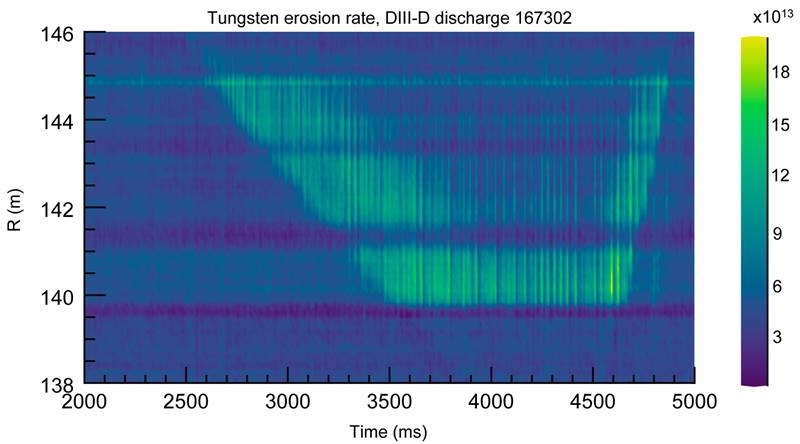
Scientists developed a new model to describe how large, periodic bursts of plasma known as edge localized modes (ELMs) erode parts of tokamak walls. Tokamaks are devices used to study the process of fusion.

PPPL physicists have identified a method by which instabilities can be tamed and heat can be prevented from leaking from fusion plasma, giving scientists a better grasp on how to optimize conditions for fusion in devices known as tokamaks.
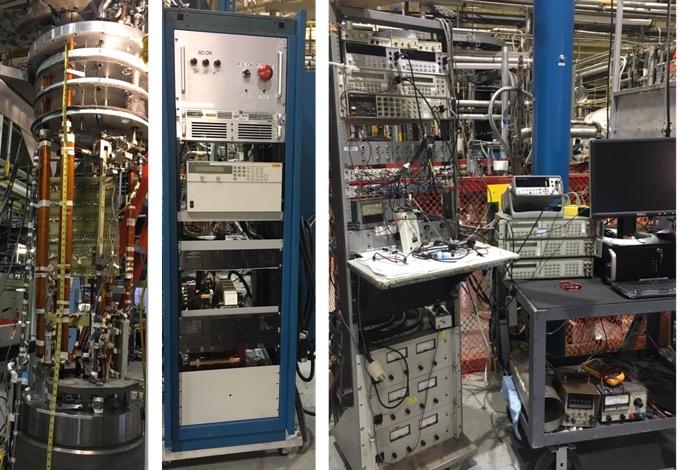
Brookhaven’s Superconducting Magnet Division will partner with industry to develop and characterize superconducting power cables.
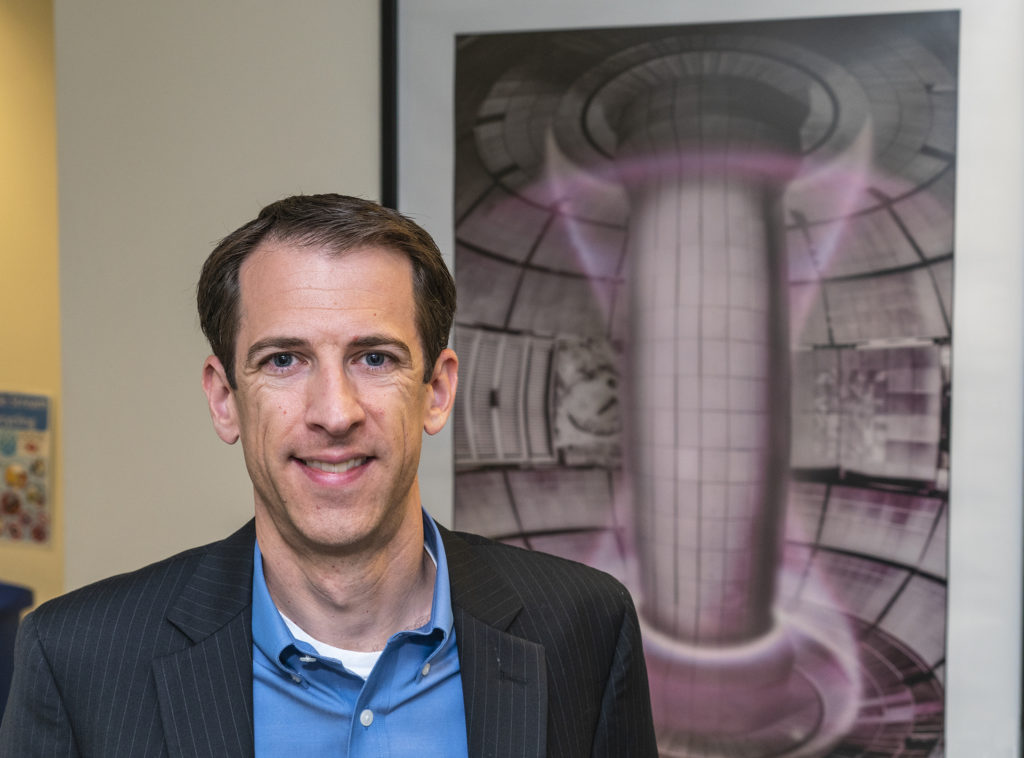
Researchers have constructed a framework for starting and raising a fusion plasma to temperatures rivaling the sun in hundreds of milliseconds.